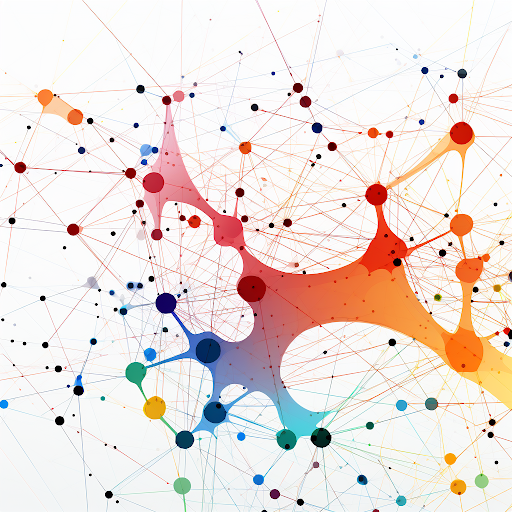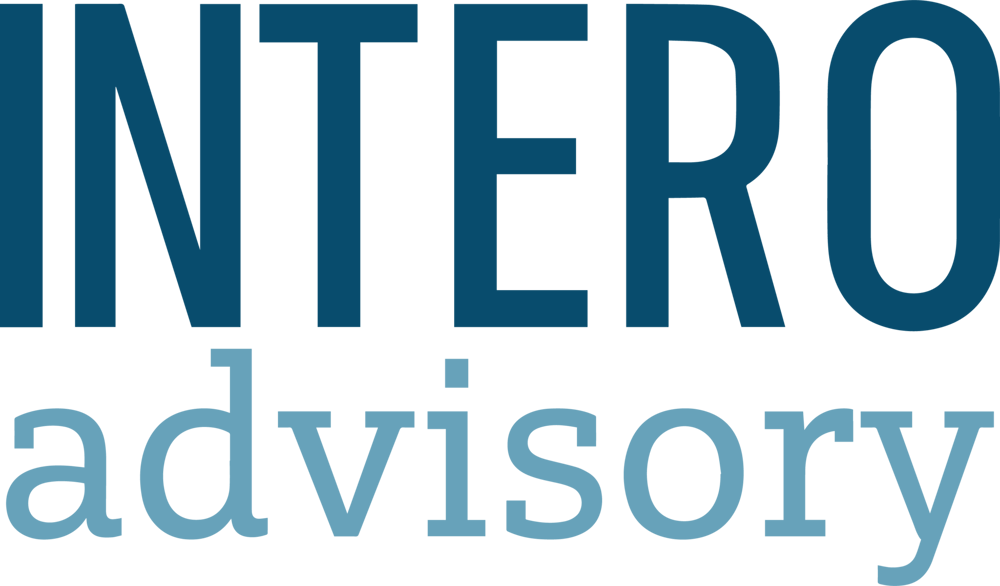In my book "It’s Business, Not Social," I decided to structure the writing so that the topics remain relevant over time. One of the chapters, "The Power of Weak Ties," has significant implications for succeeding in this fast-changing business landscape.
Consider:
Have you ever taken the time to examine your professional network thoroughly?
Do you genuinely know who's in there? How many companies are you connected to?
What is your system for keeping tabs on everyone transitioning into new roles?
We must view our networks from the perspective of both strong and weak ties. While strong ties are undoubtedly invaluable, it's often the acquaintances, or the weak ties, that unlock untapped potential. You'll be pleasantly surprised at the opportunities that arise from concerted efforts to reach out and engage these individuals. Yes, intentional networking does work.
Sociologist Mark Granovetter's research on "the strength of weak ties" unveiled that casual connections often lead us to new opportunities that close friends and family can't provide. These weak ties serve as bridges between social circles, offering fresh ideas, resources, and referrals that might not be available within your inner circle. This diversity of thought and experience is invaluable.
LinkedIn is the place to nurture these weak ties organically.
A group of researchers from Stanford and MIT used LinkedIn to prove their hypothesis because they could not study the power of weak ties at scale anywhere else. LinkedIn is so powerful because as you build your network, you continually create weak ties. The potential is powerful.
To maximize these opportunities, you first need to understand and evaluate your connections, allocating your time wisely.
It's best to have an organized, straightforward way to review your 1st level connections. Yes, there are some ways to do some of it within LinkedIn.
After years of reviewing hundreds and hundreds of networks - we created a way to look at your network automatically. It's called Intero Insight Network Analysis.
I challenge you and your teams to review your weak ties for potential opportunities in the coming weeks.
Continually connecting with others without intention or possible next steps is a time waster. What's the point? Instead, spend the time actively engaging with weak ties to engage with the people who can be or are an advocate, allies, champions, or buyers to spark a stalled deal, increase your sales pipeline, and bring a new approach to a position that has been difficult to fill.
Weak ties might be the answer you've been looking for.
Throughout my book, I talk about reciprocity's value and its critical role. As with all effective networking, the goal should be mutual assistance. Embracing this approach will undoubtedly lead to positive outcomes. Remember, "It's Business, Not Social." and applying the concepts within its framework will get you further faster.
Looking to read more about building strategic networks? Head over to our blog and search Networking to find similar articles.




